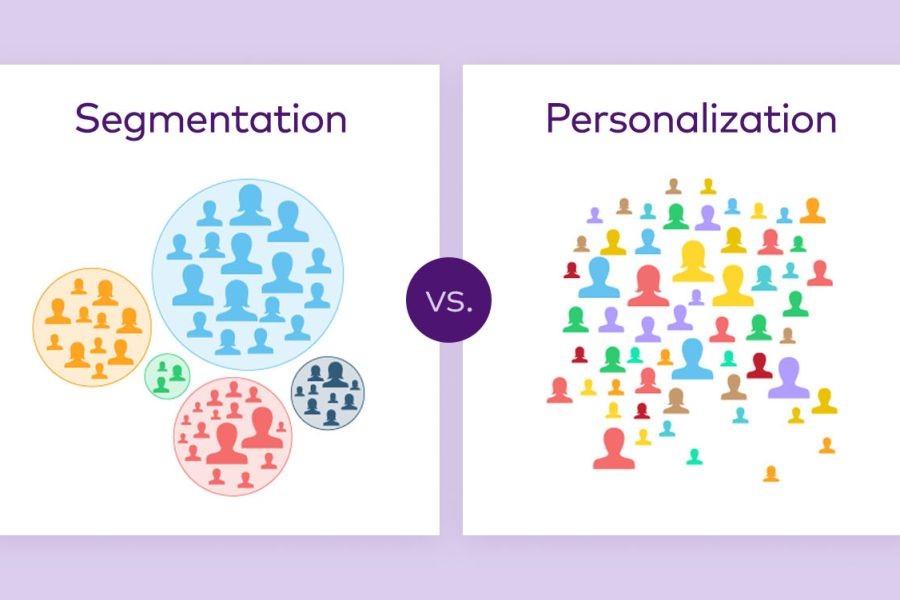Running a business in Sydney can be as exhilarating as it is challenging. While the city offers a dynamic marketplace, a vibrant economy, and a skilled workforce, it also harbors hidden costs that can catch even the most seasoned entrepreneurs off guard. These often-overlooked expenses can significantly affect a company's bottom line, making it vital for financial advisors and business owners to identify and manage them proactively. In this article, we'll delve deep into these hidden costs, backed by data and expert insights, to help you navigate Sydney's business landscape more effectively.
1. The Real Estate Dilemma
One of the most significant hidden costs for businesses in Sydney is real estate. According to a report by CoreLogic, Sydney's commercial property prices have been rising steadily, with an average annual increase of 5.2% over the past five years. This trend is driven by high demand and limited supply, making it a landlord's market.
Case Study: Local Startup Struggles with High Rent
Problem: A tech startup based in Sydney's Central Business District (CBD) faced crippling rental costs that consumed a large portion of its budget. The company struggled to allocate resources for growth initiatives due to these expenses.
Action: To combat this, the startup negotiated a flexible lease agreement and relocated to a business hub in a less expensive suburb, reducing its rental expenses by 30%.
Result: Within a year, the startup redirected savings into R&D, leading to a 20% increase in revenue.
Takeaway: Businesses should explore flexible leasing options and consider relocating to emerging business hubs to manage real estate costs effectively.
2. Regulatory Compliance Costs
Compliance with Australia's complex regulatory environment is another hidden cost. The Australian Competition & Consumer Commission (ACCC) frequently updates regulations, which businesses must adhere to, often requiring costly legal consultations and compliance audits.
In 2022, a survey by the Australian Chamber of Commerce and Industry revealed that 65% of small businesses found compliance costs burdensome, with an average expenditure of $20,000 annually on compliance-related activities.
3. Employee Costs: Beyond Salaries
While salaries are a visible expense, hidden employee-related costs such as superannuation, training, and workplace safety compliance can add up. The Reserve Bank of Australia reports that employee-related expenses comprise nearly 70% of operational costs for many businesses.
Case Study: Retail Chain Enhances Employee Efficiency
Problem: An Australian retail chain faced high turnover rates, which increased recruitment and training expenses.
Action: By implementing an employee engagement program and offering career development opportunities, the company reduced turnover by 25%.
Result: The chain saw a 15% decrease in recruitment costs and a 10% increase in employee productivity.
Takeaway: Investing in employee satisfaction and development can reduce hidden costs and improve overall business efficiency.
4. The Growing Cost of Digital Infrastructure
In today's digital age, maintaining a robust IT infrastructure is crucial but often costly. Businesses are increasingly investing in cybersecurity measures to protect against data breaches, which, according to the Australian Cyber Security Centre, cost businesses an average of $276,000 per incident.
Pros:
- Enhanced Security: Protects sensitive business and customer data.
- Operational Efficiency: Streamlined processes improve productivity.
- Competitive Edge: Businesses with advanced IT systems are better positioned in the market.
Cons:
- High Costs: Initial setup and ongoing maintenance are expensive.
- Rapid Obsolescence: Technology evolves quickly, necessitating frequent upgrades.
- Complex Integration: Ensuring compatibility with existing systems can be challenging.
5. The Impact of Economic Trends
Australia's economic landscape is ever-changing, with trends like inflation and interest rates affecting business costs. The Reserve Bank of Australia has noted an inflation rate of 3.5% in 2023, impacting everything from raw material costs to employee wages.
Businesses must stay agile, applying financial strategies such as hedging to mitigate the impact of these economic fluctuations.
Common Myths & Mistakes
Myth: "Digital marketing is cheaper than traditional marketing."
Reality: While digital marketing can offer better-targeted reach, businesses often underestimate the costs of maintaining a competitive presence, such as content production and ad spend optimization.
Myth: "Remote work reduces operational costs."
Reality: Remote work can increase costs in cybersecurity and IT infrastructure, offsetting savings in office space.
Future Trends & Predictions
Looking ahead, businesses in Sydney must prepare for technological advancements and regulatory changes. By 2026, 50% of Australian businesses are expected to adopt AI-driven solutions to enhance operational efficiency, according to Deloitte's Future of Work report.
Moreover, environmental regulations will continue to evolve, pushing businesses towards sustainable practices. Companies investing in green technologies now will likely enjoy cost savings and competitive advantages in the near future.
Conclusion
Understanding and managing the hidden costs of running a business in Sydney is crucial for financial success. By being proactive and strategic, businesses can mitigate these expenses and thrive in a competitive environment. Whether it's negotiating better lease terms, investing in employee engagement, or staying ahead of regulatory changes, informed decision-making is key.
What strategies have worked for your business in Australia? Share your insights below and join the conversation.
People Also Ask (FAQ)
What are the hidden costs of running a business in Sydney?
Hidden costs include high real estate prices, compliance with evolving regulations, employee-related expenses beyond salaries, and maintaining a robust digital infrastructure.
How does Sydney's real estate market impact businesses?
High demand and limited supply drive up commercial property prices, increasing rent and operational costs for businesses.
What strategies can businesses use to manage these hidden costs?
Businesses can negotiate flexible lease terms, invest in employee development, adopt technology solutions, and stay informed on regulatory changes to mitigate hidden costs.
Related Search Queries
- Hidden costs of doing business in Australia
- Sydney commercial property market trends
- Employee retention strategies for Australian businesses
- Impact of inflation on Australian businesses
- Compliance costs for small businesses in Sydney
- Future of AI in Australian businesses
- Cost-effective digital infrastructure solutions
- Green technologies for Australian industries
- Sydney business hubs for startups
- Regulatory changes impacting Sydney businesses






























